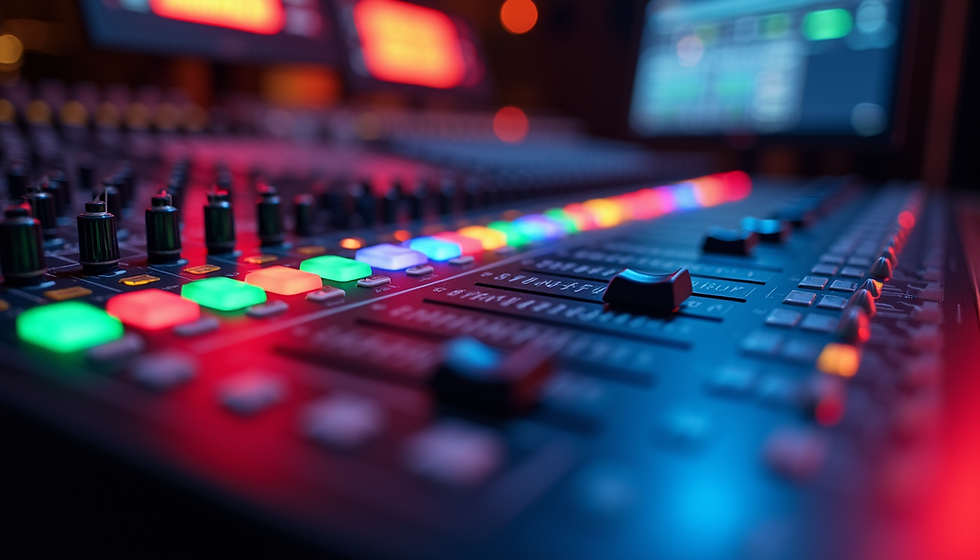Why Artists Are Releasing Shorter Songs (Again)
- STUDIO814
- May 11
- 2 min read

Songs are shrinking. Two minutes is the new three. Some don’t crack 90 seconds. And it’s not just underground SoundCloud rappers anymore — big-name artists across pop, rap, indie, and electronic are trimming their tracks, sometimes so tight they barely finish a second chorus.
So why is this happening again? Because we’ve been here before. In the ‘50s and ‘60s, songs often clocked in at two minutes or less. Radio formats and physical media (like 7-inch records) forced brevity. Then albums expanded, CDs arrived, and artists stretched out. In the streaming era? It’s compression time all over again — just for different reasons.
1. Streaming Economics Reward Repeats
Spotify pays per stream. Not by the second, not by how long you listened — just that you did. Which means a 2-minute song that gets played twice is more valuable than a 4-minute one that gets played once. Shorter songs = more potential streams = more revenue. So artists are optimizing. They’re cutting intros, skipping bridges, and pushing hooks to the front. No wasted bars, no second verse if the first one already hit.
2. Attention Spans Are Shorter — or Just More Demanding
People aren’t necessarily more distracted — they just have more options. If a song doesn’t grab you in the first 10 seconds, there’s a million others that will. TikTok, reels, and rapid-fire content have trained listeners to expect payoff fast. So songs are built for that: no slow builds, no fade-ins, no filler.
It’s not even about laziness — it’s about competition.
3. Creative Intent Is Shifting
For some artists, short songs aren’t just strategic — they’re a creative choice. A tight 90-second track can hit harder than one that overstays its welcome. Think of it like a poem instead of a novel.
Albums now often feel like playlists of micro-moments — different moods, ideas, experiments. And that’s not a downgrade. It’s just a different form of storytelling.
Artists like Baby Keem, PinkPantheress, Jean Dawson, and Yeat thrive in this short-form space. Their songs don’t feel unfinished — they feel sharp, intentional, and built to loop.
4. Loopability Is the New Replay Value
A short song that you want to hear again — instantly — is powerful. If it ends and you hit replay before you even think about it, that’s by design. Shorter tracks are often engineered to loop seamlessly. That replay becomes part of the experience. In some cases, it even makes the song feel longer — because you keep re-engaging with it.
5. Albums Are Adapting, Too
You might think shorter songs mean shorter albums — but nope. Many artists are releasing projects with 15+ tracks, most under 2:30. The listening time ends up the same, but the pace feels faster, snappier, more digestible. In 2025, an album is just as likely to be 35 minutes of 16 bite-sized tracks as it is a tight 10-song narrative. The form is shifting.
Short Doesn’t Mean Less
Shorter songs aren’t a cop-out — they’re a reflection of the time we’re in. Fast platforms, fast reactions, fast impressions. But that doesn’t mean the music is disposable. The best short tracks still hit, still move people, still loop in your head for days. Brevity isn’t the enemy of depth. It’s just the new shape of it.





Comments